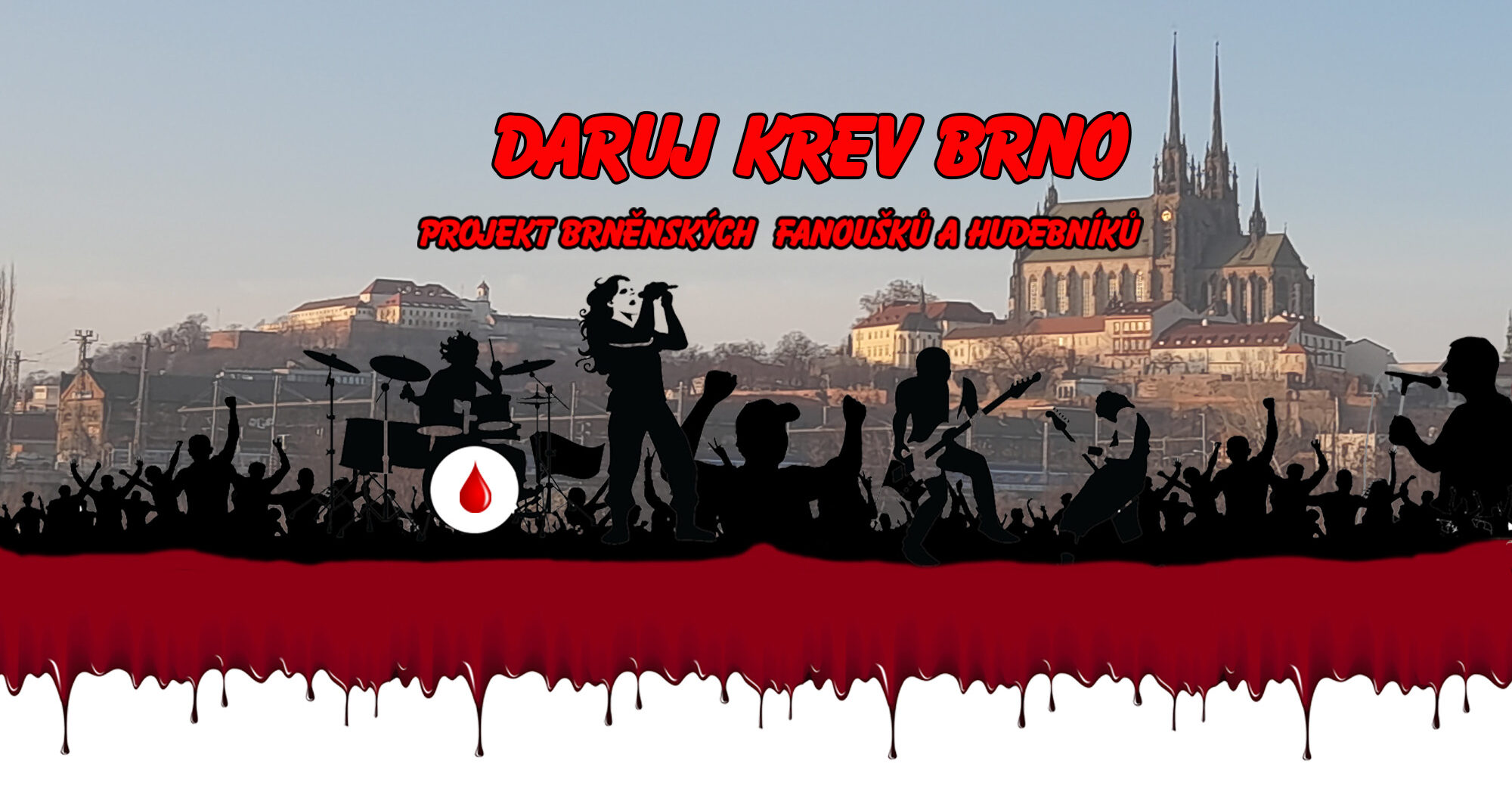FIRST THERE WERE THREE GROUPS
Wherein lies the secret to blood that decides when a transfusion helps and when it doesn’t? Humanity had to wait until the turn of the 20th century to respond to this question. Up until then, a full third of transfusions had failed – the recipient’s red blood cells were clumping and breaking up. It is thus no wonder transfusions were carried out only very rarely. By 1901, the Viennese physician Karl Landsteiner believed that he had uncovered the secret behind the successes and failures of blood transfusions. He tested several dozen blood samples from his coworkers, which he managed to divide into three groups. It seemed perfect – when someone received blood from a donor in their “own” group, the transfusion went well. But a year later, it turned out that it wasn’t working – there were cases of people whose blood could not be given to anyone from Landsteiner’s three groups.
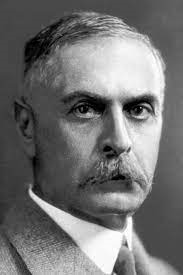
CZECH TRACE
This mystery was finally solved in Prague in 1906 by the Czech physician, Professor Jan Janský. Interestingly, he somehow hadn’t heard of Landsteiner’s experiments. Because unlike Landsteiner, he didn’t deal with transfusions, he was a psychiatrist. He believed that mental illness had its physical causes, which he began to look for in the properties of human blood. It occurred to him to investigate the so-called agglutination properties of blood – he researched how the serum of people with mental illness clumped red blood cells and whether there was any difference compared to people who were mentally sound. He was actually investigating something similar to Landsteiner, but for different reasons.

FOUR GROUPS ARE BETTER THAN THREE
Janský discovered that the secret of blood has its own logic, according to which human blood split into four groups. These he marked with Roman numerals I to IV, precisely according to how the blood serum of a person from a certain group affects the red blood cells of other groups. And it was the fourth group that Landsteiner had not encountered – after all, it only occurred in 6% of the Central European population. Janský can rightly be described as the discoverer of the complex system of four blood groups, which today is called AB0. How does this system actually look? It is based on the fact that our red blood cells may contain certain substances (antigens), to which our immune system can react. The most important are two – they are called A and B and are technically called agglutinogens, because they are used when clustering (agglutination) of blood occurs. These antigens can be found on both the blood cells – then you have AB group, or just one of them – then you are an “A” or a “B”, respectively, or there may be none at all – that’s the “O” group. And since two times two is four, we can already see that when Jan Janský discovered the system of blood groups in its completeness.
AMERICA AND THE FIRST WORLD WAR
Since the time of Janský’s article, published in a professional journal in 1907 under the title Hematological Studies in Psychotics, the world had a theoretical basis for blood transfusions. This is because Janský described in detail which blood coagulated, by which blood serum, and which did not. He also wrote that there was no difference in these blood agglutination properties between the mentally ill and healthy population, that being the main conclusion from his perspective. Interestingly, nobody associated Janský’s discovery, nor therefore his name, with transfusions, neither in the Czech lands nor in Europe. This connection was made only later in the United States of America when Janský’s discovery was fully appreciated as a basis for blood transfusions. The marking of groups with Roman numerals according to Janský did not catch on, and instead a system of marking O, A, B, AB, was established, which is still in use today. But it did lead to Janský being discussed in relation to blood groups. Even the International Commission for the Study of Blood Groups, which recommended the AB0 system in 1931, credited Janský with being first. And when did Janský’s discovery become known in Czechoslovakia? It is amusing to note that he was first mistaken to be an American here. That same year, Czechoslovak surgeons K. Neuwirth, A. Jirásek and F. Zahradnický who were in London at a surgical congress on blood transfusions by T. Riek – Švéd learned that it actually concerned Jan Janský, a Prague doctor! Perhaps not even the legendary Czech figure “Cimrmann” could have written a better story. They return to Prague with this news about the first discovery of this Czech doctor, and Janský was finally being recognized as an important pioneer in blood grouping in our country. He didn’t live to see it though, having died in 1921.
RH PLUS AND MINUS
Yet the mystery of blood was still not yet fully solved. Despite the knowledge of blood groups and maintaining conformity between the donor and recipient group, there were sometimes complications. Interestingly, this did not happen during the first transfusion. In 1939, it was discovered that human blood is further divided into two groups, which are independent of the four groups we have mentioned so far. We are talking about the so-called Rh factor, and it is because there may be another important antigen on red blood cells, indicated by the letter D. And because it was discovered in experiments with the blood of the rhesus macaque monkey species, the group of people having this antigen are referred to as Rh-positive (Rh +). And those who don’t have it in their red blood cells are described as Rh-negative (Rh –). Incidentally, the majority of the population is Rh+ (in our country it is about 86%, but it is almost 100% among non-Europeans and non-White Americans)! Interestingly, antibodies directed against this antigen are present in the blood serum only in those Rh-negative people who have encountered Rh-positive cells, which may have occurred, for example, during transfusion, but also during pregnancy, when the Rh-negative mother carries a fetus that has inherited Rh-positive blood from the father. Both can cause serious complications. These are avoided in transfusions by determining not only the AB0 blood group, but also Rh positivity or negativity. And Rh-positive blood is never given to an Rh-negative recipient (vice-versa it is possible, so the true universal donor is – can you guess? yes, a person who has “0 negative” blood).

BLOOD DONATION
We had now solved one secret of blood. We already knew who could receive blood from whom. But it still took time for blood transfusions to become common in medicine.
HOW TO STOCK UP ON BLOOD
Although the problem of blood clotting did not need to be resolved during so-called direct blood transfusions, when blood flowed through the tubes directly from the donor’s artery to the recipient’s vein, these were hard to apply in practice – the donor had to be at the recipient at the right time, there was a risk of infection and it was impossible to measure the amount of blood transferred. It is much more practical to have an emergency supply of collected blood and provide it at the right moment to the injured or sick. But blood clots outside the body, a necessity to avoid bleeding out upon injury. A huge impulse for the development of transfusions was the First World War, when doctors quite often encountered the injured who had lost a lot of blood. It was convenient that just in 1914 at the onset of WWI, another transfusion problem had been solved: how to keep donated blood from clotting during storage. Ordinary sodium citrate, otherwise known as ‘E’ – the acidity regulator of E 331 in soft drinks, was found to prevent blood from clotting. Thus, the collected blood was preserved for later administration to the recipient. When a year after that, P. Rous, J. R. Turner and O. H. Robertson added glucose to the citrate (this is for the “nutrition” of red blood cells), the blood bottle was born to the world whose chilled contents remained fresh for 14 days! In 1917, this trio of scientists set up the first “blood bank” in Belgium near the front lines, the so-called haemotheque, as it was originally called in our country. So another secret was revealed – how to keep the blood in a usable state until its time comes. However, blood stocks cannot be created indefinitely, as even the current 35-day shelf life limit is not long. To avoid wasting donated blood, donation is planned and managed to create only those stocks of individual groups that match the current need.

ORGANIZED BLOOD DONATION
WWI ended, but the transfusions were not forgotten and began to find their place in peacetime medicine – in our country as of 1920. However, it was still an exceptional procedure at the time. Initially, the patient’s relatives or medical staff were the donors, but this failed. In the case of relatives, it was often found that the donor had the wrong blood type, and it took too long for them to even arrive at the hospital. In the case of medical staff, the resources were quickly exhausted, because no one can donate blood ever week for instance… Therefore, associations of “professional donors” started to emerge at hospitals, who were paid for donations but were not systematically monitored in terms of their health. The increase in blood requirements during World War II led to the unification of “donor associations” and ultimately to the introduction of certain donor health screenings. This resulted in the ratio of about one donor per thousand inhabitants.

THE RED CROSS GETS INVOLVED
The National Transfusion Service was established in the aftermath of World War II. It started building a nationwide network of blood transfusion stations. The Czechoslovak Red Cross also got involved, and it received voluntary blood donors. They were no longer to receive money for blood, but rather an increase in food allocation that was rationed even after the war and on until 1953. For many decades, the emblem of the National Transfusion Service was a white dove with a red cross on its breast. Soon, the Red Cross succeeded in ensuring that one in 50 Czechoslovak residents had become a blood donor. The creation of the National Transfusion Service also meant the definitive end of direct (vein-to-vein) blood transfusions, which had survived until then, and a full transition to preparing blood containers. Of course then these were still glass bottles with rubber stoppers – in which the donor’s blood was mixed with a preservative and lasted up to three weeks in cold storage. When the transfusion was given, the rubber stopper was pierced with the needle of the transfusion set, through which blood flowed into (then still rubber) tubing and on into the patient’s body. “Glass-bottled” blood as it were remained in our country until the 1990s, when the practice switched to using plastic bags. When would you say plastic bags were first considered? Surprisingly, they already existed in the USA in 1950, but it took them decades to start using plastic bags in practice.

WILLINGNESS TO HELP VOLUNTARILY AND FOR FREE
In 1959, the International Federation of the Red Cross declared a campaign of blood donation without financial motivation, where the donor received no money for donation (except travel or parking reimbursement). In our country at the time, there was talk of donations of honor or “non-contributory” donations. How did this unusual word come about? Following the abolition of the food stamp program (1953), voluntary donors began to receive a financial contribution to improve their diet. And it was this contribution (300 crowns per blood donation) that donors began to relinquish from 1960, hence the term “non-contributory” donors. The Czech Republic is one of roughly a third of countries worldwide where so-called whole blood (i.e. blood in our veins) is obtained 100% only from non-contributory donors! Of course, the reasons for non-contributory donation are also moral, i.e. a selfless effort to help others.
DRAWING OF BLOOD COMPONENTS
Going back in history, we should also mention that already in the 1960s, we started collecting not only whole blood, but also its individual components. Since not every patient needs all the blood components, sometimes it is even desirable to receive only what is needed and not to be burdened with other components of the donor’s blood. Red blood cells (to compensate for blood loss after injuries, during operations, etc.), platelets (to stop bleeding) or blood plasma are most commonly given. But how to separate these components from the blood? The principle is simple – just centrifuge (spin) the blood and then simply aspirate (remove) its components individually. Special devices called separators automatically collect the donor’s blood in small amounts, and when they extract what’s needed, they return the rest of the blood back into the donor.
NEVER ENOUGH DONORS
Now we’re getting to the present. We currently have about a quarter of a million blood donors in the Czech Republic donating blood free of charge in hospital blood transfusion facilities. But this is still not the ideal number. We must increase the number of donors to at least 300,000. The main reason for the increase in the number of donors is the fact that each year, about 25,000 regular blood donors must stop donating due to age or health reasons. So every year, we would need to get a minimum of 30,000 to 35,000 new donors to provide the necessary amount of this precious fluid. In addition to the number of free blood donors, around 100,000 people in our population provide their plasma to private plasma centers that cropped up in our country after the turn of the millennia, which, in fact, pay these doners for their plasma. This is actually a step backwards, like before 1960, but with the attractive slogan “I will help and get paid a few hundred crowns for my effort “, because the collected plasma then unfortunately “serves” as a raw material for the foreign pharmaceutical industry. Real giving, however, is when it is selfless.
THE ROAD TO BLOOD IS A LONG PROCESS
The whole course of the blood transfusion service has several phases. It starts with developing an interest in blood donation, i.e. its promotion. Here, the Czech Red Cross tries to help and acquaint you and others with the fact that blood and its components cannot be artificially produced, and can only be obtained by finding a person willing to donate it to another. It also explains to potential donors who can donate blood and how things work in the blood transfusion department. This promotion is currently provided not only by the Red Cross, but also in Brno by the registered association DARUJ-KREV [GIVE BLOOD], where, at its website www.daruj-krev.cz, you will find all the necessary information regarding blood donation. In the second stage, the voluntary donor arrives at the blood transfusion station, where employees register him/her so that they can subsequently invite him/her to render a sample, and after a basic blood test, blood is drawn. The Red Cross then leads the third and final stage – by thanking all the donors who donate blood repeatedly. But even those just starting their donor career do not come up short – a badge with a blood droplet and red cross will show others that they are true heroes who certainly do not fear a needle poke.
HOW WAS IT IN BRNO?
The first Transfusion Station in Brno was located in the Pathological and Anatomical Institute at the Regional Hospital on Pekařská Street right by the autopsy department. After its first head MUDr. Josef Kidery assumed the post on June 30, 1948, with his team of ten collaborators, it officially opened on June 1, 1949. A man named Josef Langer became the first blood donor on that same day. On May 3, 1958, a new facility officially opened at Žlutý kopec on Tomešova Street No. 12.
Since 2002, the blood transfusion department and the blood bank have been located on the premises of the Brno University Hospital in Jihlavská Street No. 20.
In 2019, St. Anne’s University Hospital opened a blood donation center within its blood bank, and the hospital has been processing blood directly on its premises since 2022.
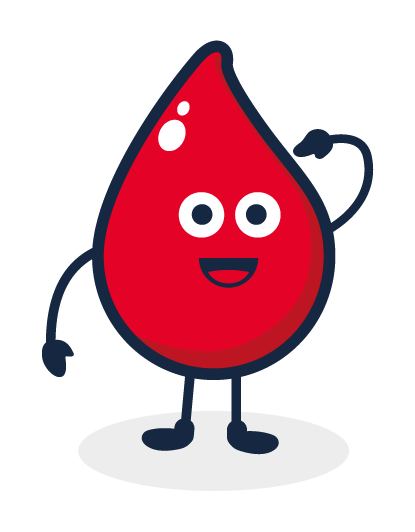
AS A VOLUNTEER BLOOD DONER YOU WILL GAIN:
A good feeling that you are helping to save lives
Time off work with wage compensation on the day of donation
Reduction of your income tax base by CZK 3,000 for each blood draw
Regular overview of your health status Acknowledgements from the Czech Red Cross
Vitamins from your health insurance company
Refreshments after donation
And many other benefits, which can be found on the website www.daruj-krev.cz and www.prodarce.cz.
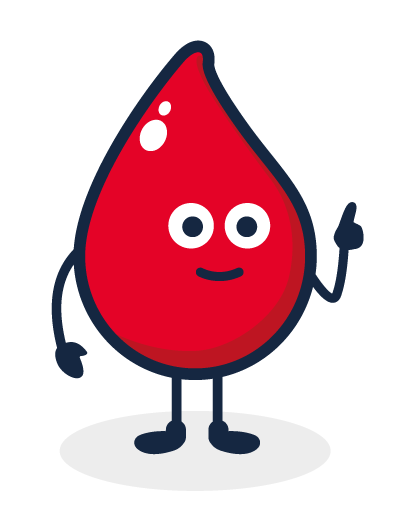
Commendation of the Czech Red Cross
The Czech Red Cross bestows the following acknowledgements to voluntary blood donors:
1st donation Blood Drop Badge
10th donation Bronze Medal of Professor Janský
20th donation Silver Medal of Professor Janský
40th donation Gold Medal of Professor Janský
80th donation Golden Cross of the Czech Red Cross, 3rd Class
120th donation Golden Cross of the Czech Republic 2nd class
160th donation Golden Cross of the Czech Republic, 1st class
250th donation Plaque of the Czech Red Cross Blood Donation – the Gift of Life
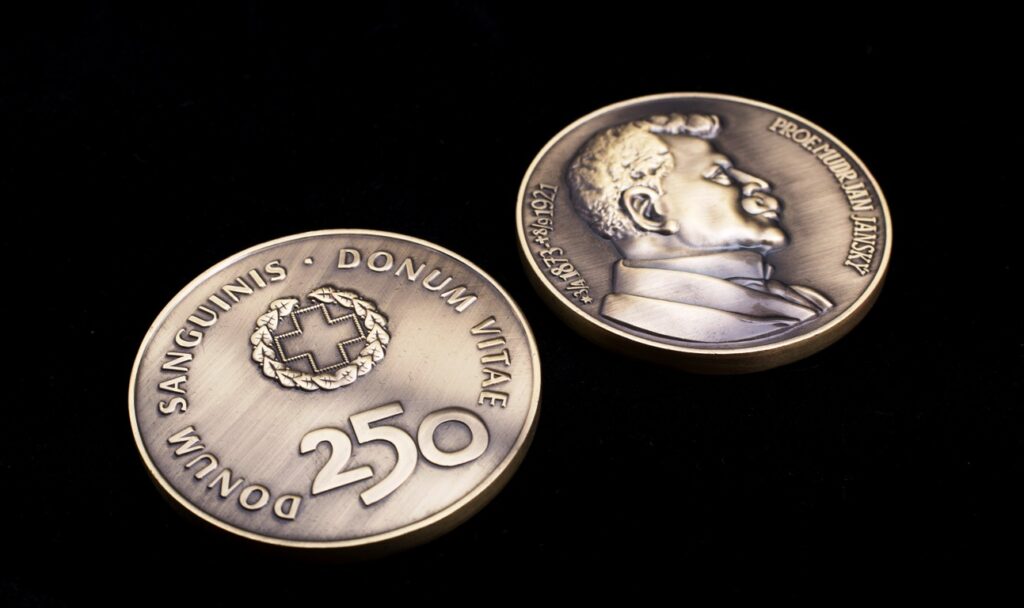
FN Brno-Bohunice Jihlavská 20, 625 00 BRNO Transfusion and Tissue Department, Pavilion I2, floor: 1st above-ground floor, 1st below-ground floor
Toll-free hotline for blood donors (FN Brno): 800 900 097
Receipt of donors: 6:30 a.m. – 1:30 p.m.
Operating hours of the blood donor section: 6:30 a.m. – 2:00 p.m.
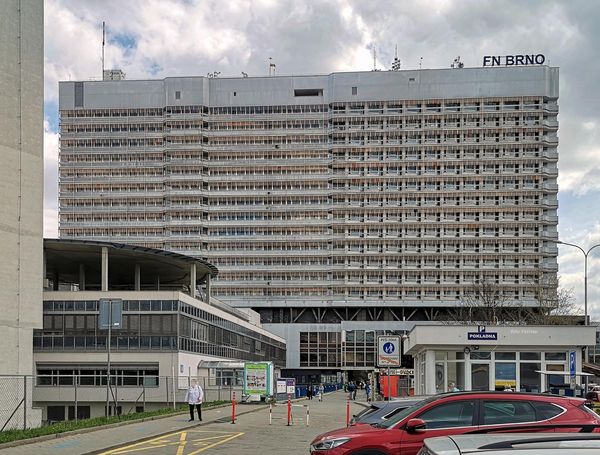
St. Anne’s University Hospital Brno Pekařská 664/53, 656 91 BRNO Telephone: 543 182 190 (7:00 a.m. – 3:00 p.m.)
Questions and comments: sekr.to@fnusa.cz Receipt of donors: 6:15 a.m. – 9:45 p.m.
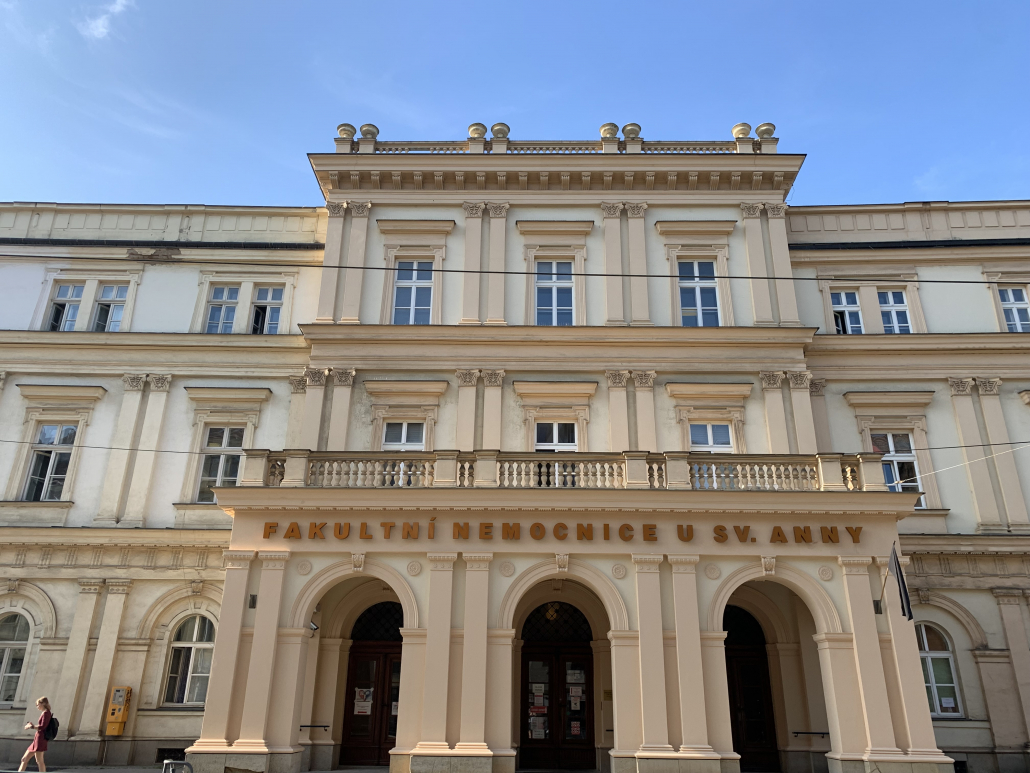

Information source:
https://encyklopedie.brna.cz/home-mmb/?acc=profil_udalosti&load=4577
https://www.cervenykriz.eu/darcovstvi-krve
https://www.cervenykriz.eu/files/files/cz/edicedeti/mmz_2021_extr.pdf
https://www.stoplusjednicka.cz/ani-bila-ani-cerna-historie-boje-za-jednobarevnou-krev
https://cs.wikipedia.org/wiki/Karl_Landsteiner
https://cs.wikipedia.org/wiki/Jan_Jansk%C3%BD
https://www.fnbrno.cz/areal-bohunice-jihlavska-20/
https://www.bejvavalo.cz/clanek/rok-1930-co-vime-o-darcovstvi-krve-a-krevni-transfuzi/
